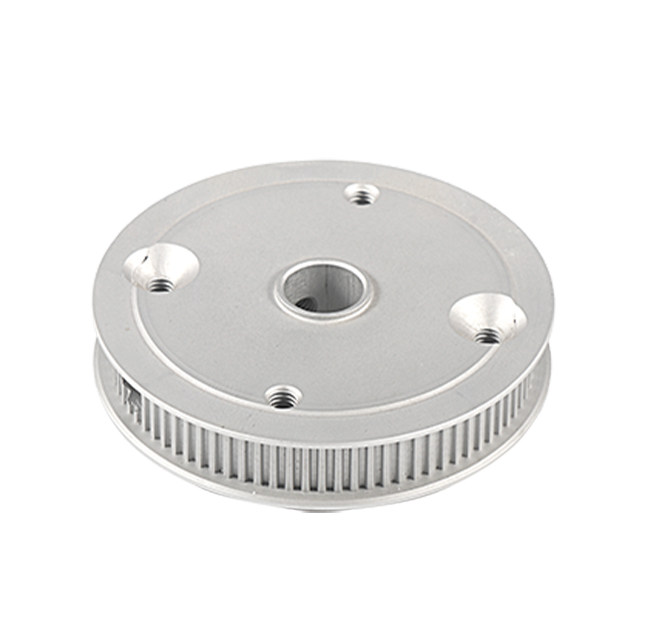Time:2025-07-22 Views:0 source:CNC Machining customization source:CNC Machining news

5-axis machining plays a pivotal role in the medical equipment industry, where precision, complexity, and biocompatibility are paramount. This advanced manufacturing technique enables the production of intricate components that are critical to diagnostic, surgical, and therapeutic devices.
One key application is in surgical instruments, such as minimally invasive tools, orthopedic implants, and dental prosthetics. For example, orthopedic implants like hip stems or spinal cages require complex geometries to fit patient-specific anatomies, often with curved surfaces and internal channels for bone integration. 5-axis machining allows these components to be crafted from biocompatible materials like titanium alloys or medical-grade stainless steel with micron-level accuracy, ensuring a perfect fit and reducing post-surgical complications.
Diagnostic equipment, including MRI and CT scan machines, also relies on 5-axis machining for producing high-precision parts. These devices demand components with tight tolerances, such as coil housings, detector mounts, and rotational assemblies, which must minimize vibration and maintain alignment to ensure image clarity. The ability to machine complex contours in a single setup eliminates cumulative errors from multiple operations, enhancing the reliability of these life-saving tools.
Another critical area is robotic surgical systems, where 5-axis machining creates the intricate joints, gears, and end-effectors that enable precise, robot-assisted movements. These components often feature non-linear surfaces and internal cavities that would be impossible to machine efficiently with traditional 3-axis methods. By reducing setup times and ensuring consistent precision, 5-axis machining accelerates the production of these systems, making advanced surgical technologies more accessible.
Additionally, 5-axis machining supports the production of custom medical devices, such as patient-specific surgical guides or prosthetic limbs. Using 3D scans of a patient’s anatomy, manufacturers can program 5-axis machines to carve exact replicas from materials like PEEK (polyetheretherketone), a biocompatible polymer, ensuring optimal functionality and patient comfort.
5-axis machining’s ability to handle complex geometries, maintain tight tolerances, and work with specialized materials makes it indispensable in the medical industry, driving innovation and improving patient outcomes across diagnostics, surgery, and rehabilitation.
Read recommendations:
Sealing ring Precision electronic parts
Housing components for recessed downlights Precision electronic parts
Oval Magnetic Hardware Precision electronic parts
CNC Machining Dimension Accuracy
CNC processing factory - Meeting customers' strict requirements for precision